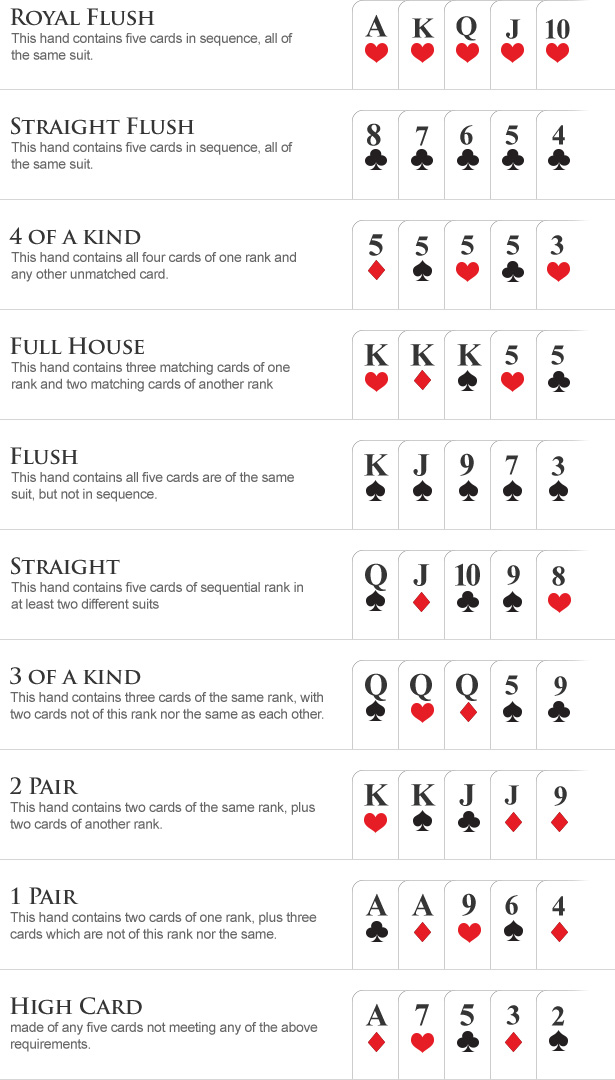- C# Basic Tutorial
As far as precedence is concerned, here is the general order from high to low: Postfix operators (all have the same precedence, so sequences of operators will be evaluated left-to-right) array subscript operator function call operator component selection operators. And - postfix. The longer answer would be a list of the different ways that the suits are ranked in different games. Here are a few off the top of my head (rank from high to low in each case): hearts, diamonds, clubs, spades: Preference, 500, Tysiacha clubs, spades, hearts, diamonds: Skat, Doppelkopf, Sheepshead spades, hearts.
- C# Advanced Tutorial
- C# Useful Resources
- Selected Reading
Operator precedence determines the grouping of terms in an expression. This affects evaluation of an expression. Certain operators have higher precedence than others; for example, the multiplication operator has higher precedence than the addition operator.
For example x = 7 + 3 * 2; here, x is assigned 13, not 20 because operator * has higher precedence than +, so the first evaluation takes place for 3*2 and then 7 is added into it.
Here, operators with the highest precedence appear at the top of the table, those with the lowest appear at the bottom. Within an expression, higher precedence operators are evaluated first.

| Category | Operator | Associativity |
|---|---|---|
| Postfix | () [] -> . ++ - - | Left to right |
| Unary | + - ! ~ ++ - - (type)* & sizeof | Right to left |
| Multiplicative | * / % | Left to right |
| Additive | + - | Left to right |
| Shift | << >> | Left to right |
| Relational | < <= > >= | Left to right |
| Equality | != | Left to right |
| Bitwise AND | & | Left to right |
| Bitwise XOR | ^ | Left to right |
| Bitwise OR | | | Left to right |
| Logical AND | && | Left to right |
| Logical OR | || | Left to right |
| Conditional | ?: | Right to left |
| Assignment | = += -= *= /= %=>>= <<= &= ^= |= | Right to left |
| Comma | , | Left to right |
Poker Hand Order Of Precedence Name

United States Order Of Precedence
Example
When the above code is compiled and executed, it produces the following result −